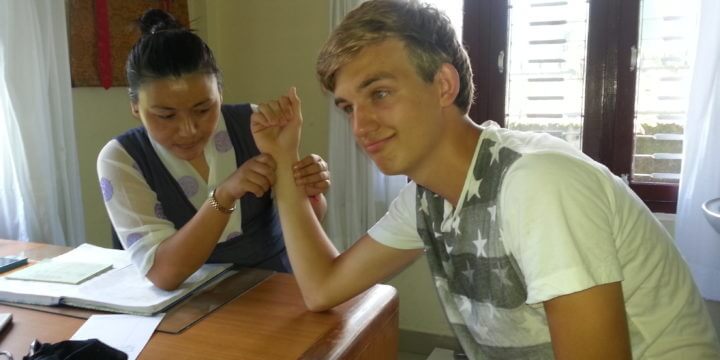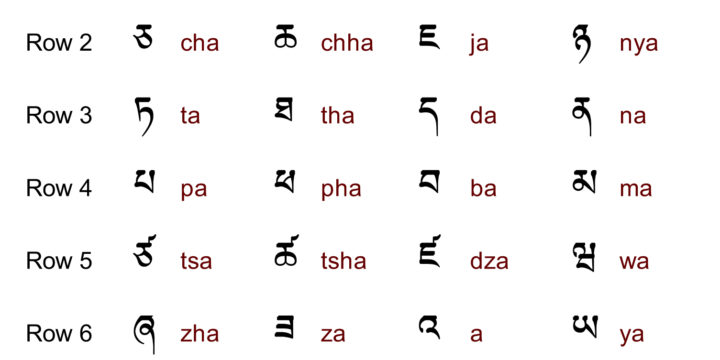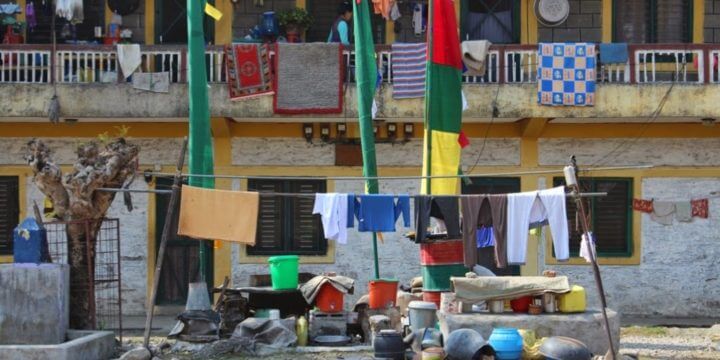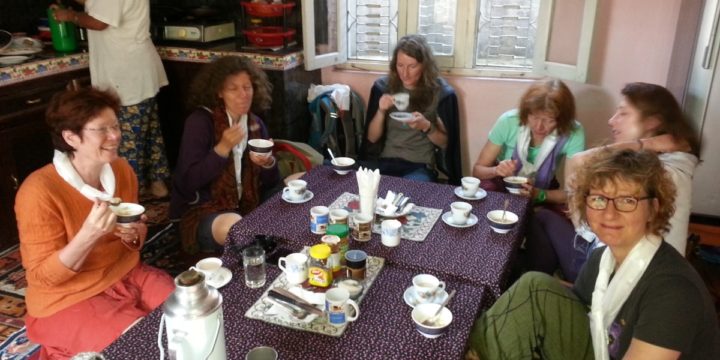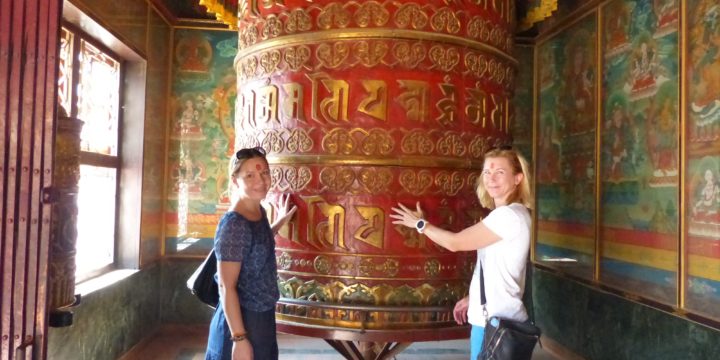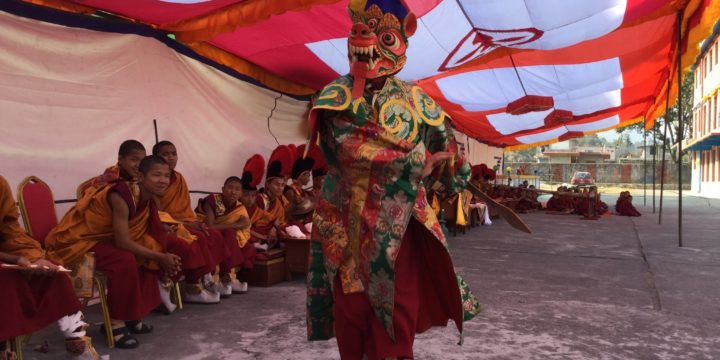
An introduction to Tibetan Opera.
An introduction to Tibetan Opera Tibetan Opera or Ace Lhamo (Sister Fairies) in Tibetan is an ancient art form that boasts a history of over 600 years. Some historians trace its roots further back to Tibet’s pre-Buddhist era, when Bon was the main religion, thus making Tibetan Opera one of the oldest forms of theatre in the world. One of the most cited theories about the origin of Tibetan Opera involves a legend about a 14th century monk named Thang Tong Gyalpo. According to the story, Thang Tong Gyalpo, who was born in Shigatse county in Tibet, embarked on a fund-raising campaign in order to build a host of bridges across the country after seeing that many people were not able to reach their destinations due to their inability…


